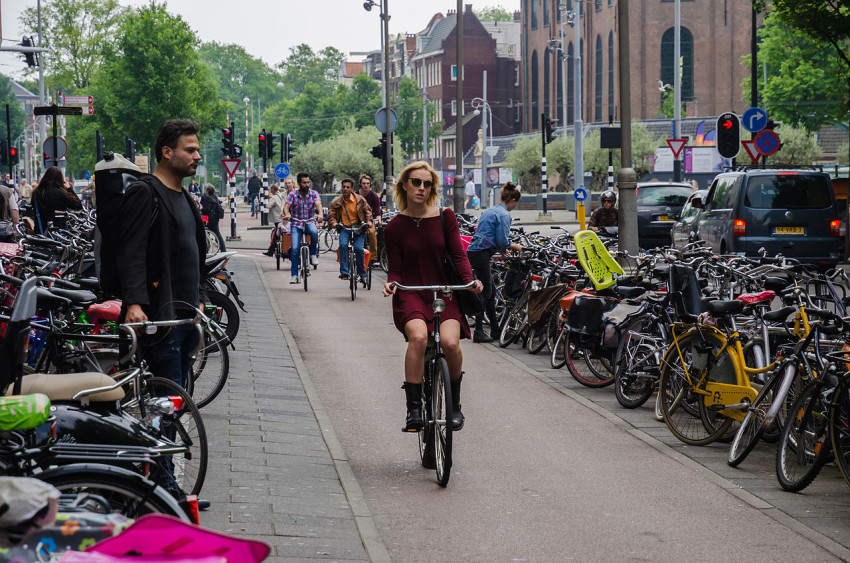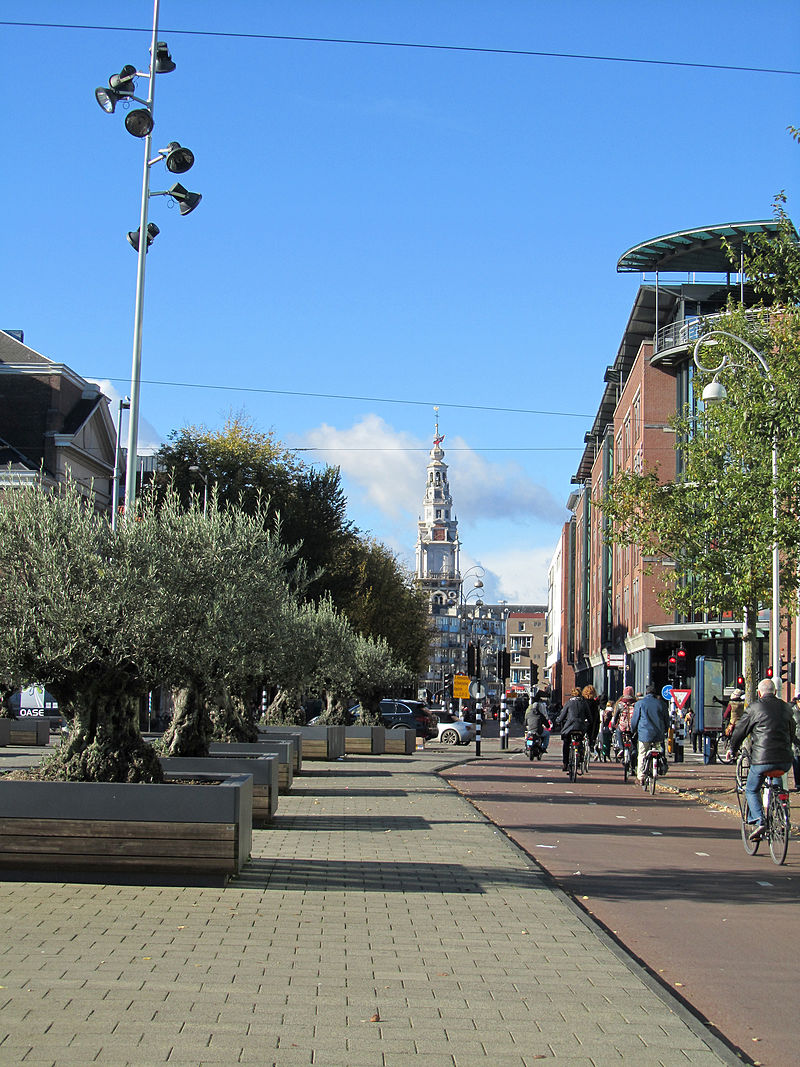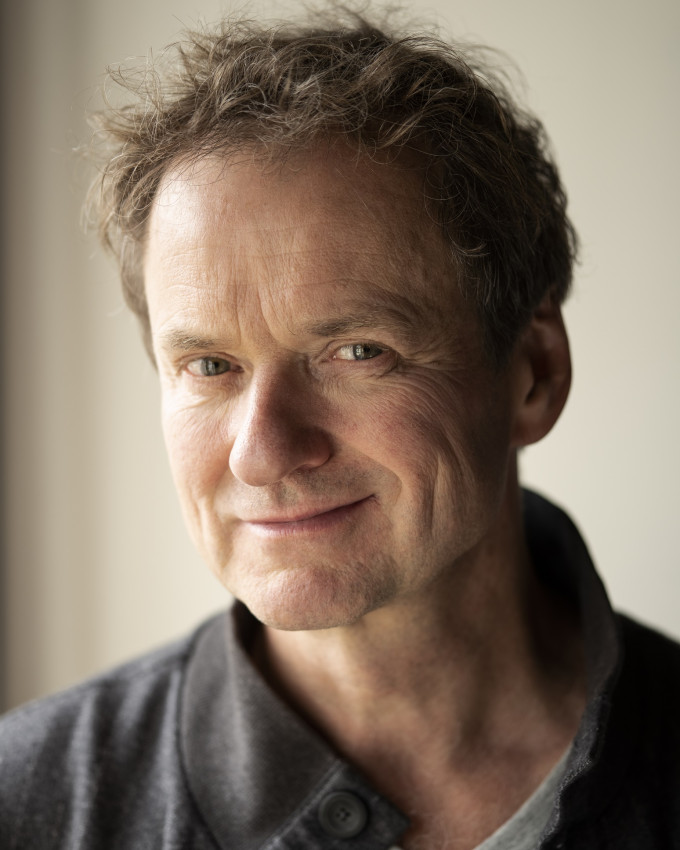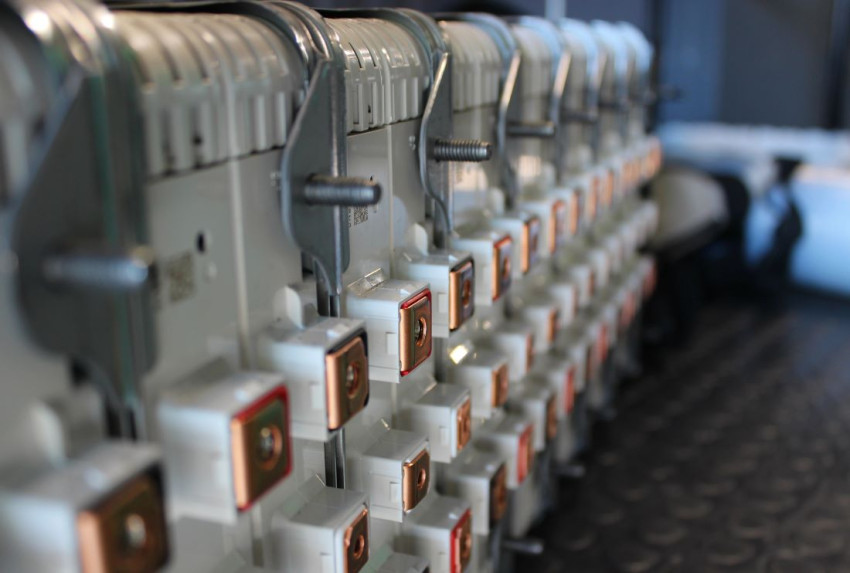
Cities must invest in cyclists
If European cities are to become future-proof, they need to start investing heavily in infrastructure for cyclists. That is the conclusion of a report published by Sweco engineers this week.
The engineers at Sweco studied the situation of cyclists in various European cities. Their report features three examples: in Helsinki (Finland), the city council has developed an extensive cycling network, in Edinburgh (Scotland), greater social cohesion was created by providing space for cyclists and pedestrians rather than cars, while London has a number of 'Cycle Superhighways' that give cyclists the freedom to move quickly and safely through the city.
NEGLECTED INFRASTRUCTURE
According to Sweco, these examples provide inspiration for the future. What better way to render your city green than to encourage people to cycle and walk? Underestimation of the value of cyclists has resulted in neglected infrastructure, so cycling is a tricky business in many metropolitan areas. 'German cities are a good example. They are often not that big and are very flat, making them ideal for cyclists. Yet there is not a cycle path in sight, though three-lane roads for cars criss-cross the city. That doesn't make it attractive to grab your bike and head on out,' explains Jeroen Quee, one of the authors of the report.
Of course there will always be one country in Europe with plenty of room for cyclists: The Netherlands. However, Dutch cities have a completely different problem. 'The cycle paths are simply too busy, due to more and more people living in the city. That in turn creates a whole new problem, as the crossings, roundabouts and squares were not designed for so many cyclists.' Cities such as Amsterdam therefore also need to come up with new infrastructure, designated for bikes. 'Every time a traffic zone is redesigned, the council needs to look at creating more space for cyclists.'
BERLAGE BRIDGE
Quee admits that Amsterdam City Council is aware of the problem and is making efforts to solve it. 'At Mr. Visserplein, near Waterlooplein, they have studied the precise movement of cyclists. During redevelopment work, the council was able to make minor adjustments so cyclists no longer have to stop in the middle of the road. At the Berlage bridge, the traffic light waiting area for cyclists has been widened to give them more space.’

According to Quee, it always pays to invest in cycling and cyclists. 'But you do need to tackle all aspects. You need to have enough bikes, effective infrastructure and to ensure that people know how to cycle safely.’
If you found this article interesting, subscribe for free to our weekly newsletter!
Image: Alfredo Borba







